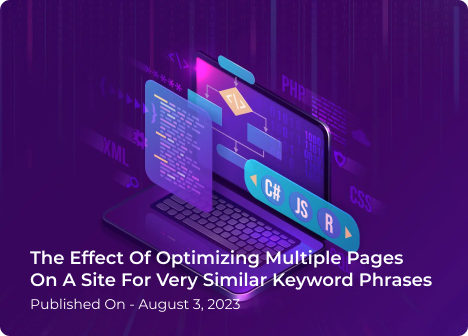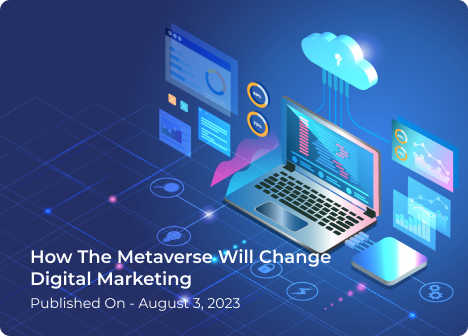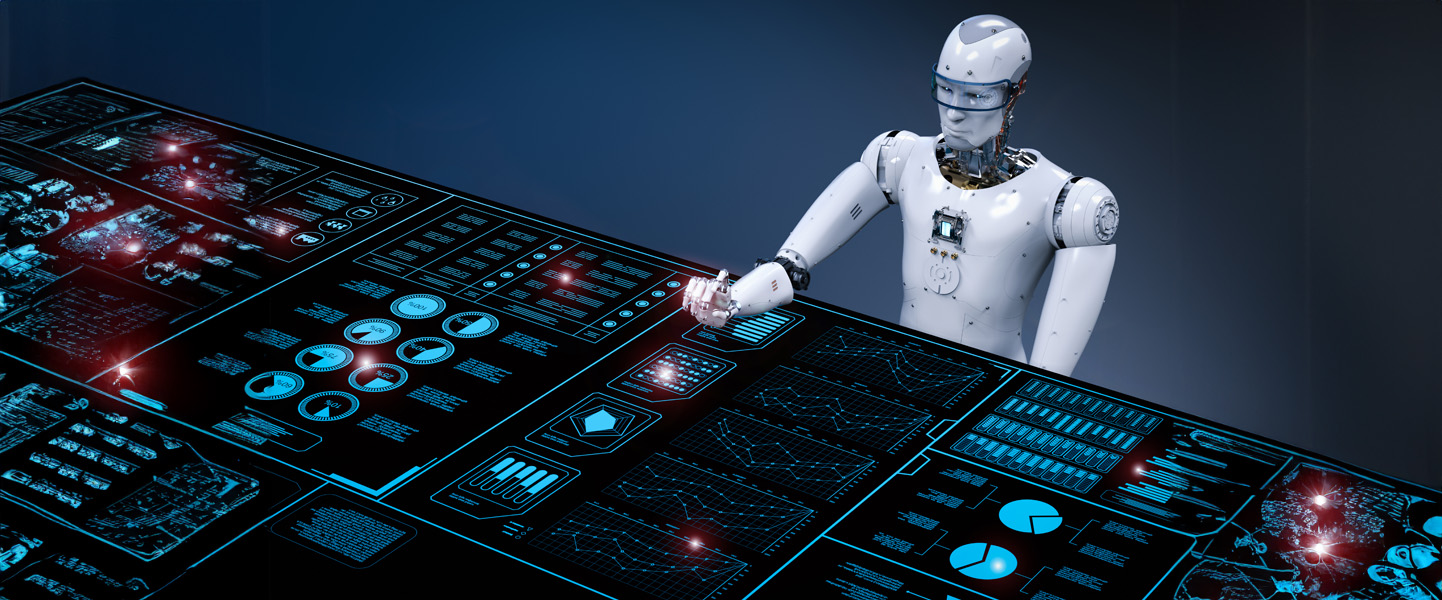Robotic Process Automation (RPA) can be defined as an advanced software technology that makes the construction, deployment, and management of software robots seamless. Such created software robots emulate humans’ actions interacting with software and digital systems. Like people, software robots are capable of completing the right keystrokes, identifying and extracting data, understanding what’s on the screen, navigating systems, and performing a wide range of defined actions. The difference is software robots are able to do these actions more quickly and consistently than people without getting tired and demanding breaks. RPA and artificial intelligence make beneficial collaboration, and this advanced technology is capable of making businesses thrive. Here, we are going to discuss many topics related to this technological advancement in detail, including RPA and intelligent automation.
Business Benefits of RPA
Robotic Process Automation can streamline workflows, eventually resulting in the improved profit of businesses. It can also make the organizations very much responsive and flexible. The workdays of your team will be free of many mundane tasks, and hence, employee satisfaction, productivity, and engagement in the organization will improve. RPA can be quickly implemented to propel digital transformation, and it is non-invasive, which makes it ideal for the automation of workflows, including legacy systems without APIs, database access, or virtual desktop infrastructures (VDIs).
You may have the question, how is RPA different from traditional automation? Let’s seek the answer here. Traditional automation demands more time and effort than that of RPA. RPA can act in less time and effort when compared to traditional automation, and it can mimic human actions with high accuracy for completing the given tasks. Traditional automation is not able to mimic such actions, and it can do the pre-programmed tasks only. Now, we have the answer to the question of how RPA is different from traditional automation. Let’s move to the next question: are RPA and artificial intelligence the same?
RPA and Artificial Intelligence (AI)
RPA and AI are not the same. Still, the collaboration of RPA and artificial intelligence can create plenty of fresh possibilities. For instance, with RPA technology, we can insert advanced AI skills in the form of NLP (Natural Language Processing), machine learning models, image and character recognition, etc, into RPA robots. When enhanced with these AI skills, RPA robots will be more effective in handling processes like visualizing screens, grasping documents, understanding speech, conversing and chatting, etc.
Moreover, AI is helping with the discovery of many automation possibilities, resulting in the efficient automation pipeline of RPA applications like process mining. Many are observing that RPA can function as the last stretch delivery system of AI when companies are in need of accelerating their integration of AI with front-line decisions and activities. Robots can utilize machine learning models to automate decision-making processes, bringing intelligence to daily operations.
RPA and Intelligent Automation
Intelligent automation (IA), also known as cognitive automation, is the utilization of automation technologies, such as artificial intelligence (AI), business process management (BPM), and robotic process automation (RPA) to simplify and scale decision-making across organizations. RPA can be considered as the foundation layer upon which intelligent automation is constructed. Like human beings, RPA makes use of bots for dealing with applications and demands refined rules for functioning. In short, RPA just automates the tasks once they are programmed to do so, while intelligent automation does learn how to automate tasks by cognitive decision-making capabilities. This is the major point where RPA and intelligent automation differ from each other. However, intelligent automation collaborates AI with the interactive capabilities of RPA. In other words, while RPA is the ‘doing’ part, AI is the ‘thinking’ part, and intelligent automation is the factor that connects the two of them.
Important Features, Tools, and Usages of RPA
RPA is capable of sparing people a lot of tedious tasks and energy-draining work hours across a wide range of organizations and industries. RPA has been implemented by many enterprises across various industries, such as finance, healthcare, manufacturing, public sector, and retail. It is used in areas like finance, compliance, legal, customer service, operations, and IT. RPA is appropriate for automating high-volume, business-rules-driven, and repeatable processes. The tool is also increasingly being used for cognitive functions that require higher-order AI skills. Now, let’s seek the answers for what are the top RPA tools and what are its significant features.
There are many features of robotic process automation. The significant ones include quick implementation, flexibility, full-time operations without breaks, AI/ML integration, multi-applications, handling of various tasks by one single bot, and the capability of imitating human actions. All these significant features and many more additional features of RPA will transform your working and business life to a seamless and brand new one of many advantages. Now, let’s see what are the top RPA tools out there.
There are plenty of RPA tools available for us to use. We should analyze them based on thorough comparison and always consider points like user-friendliness, scalability, cost, platform independence, maintenance and support by the company, industry appropriateness, etc. while selecting a tool. However, Pegasystems, Automation Anywhere, NICE, UiPath, Kofax, Fortra, Softomotive Ltd., Contextor SAS, Blue Prism, WorkFusion etc are some of the top RPA tools.
Explore more











 +91 8714 60 30 48
+91 8714 60 30 48
 + 971 44 92 87 30
+ 971 44 92 87 30




